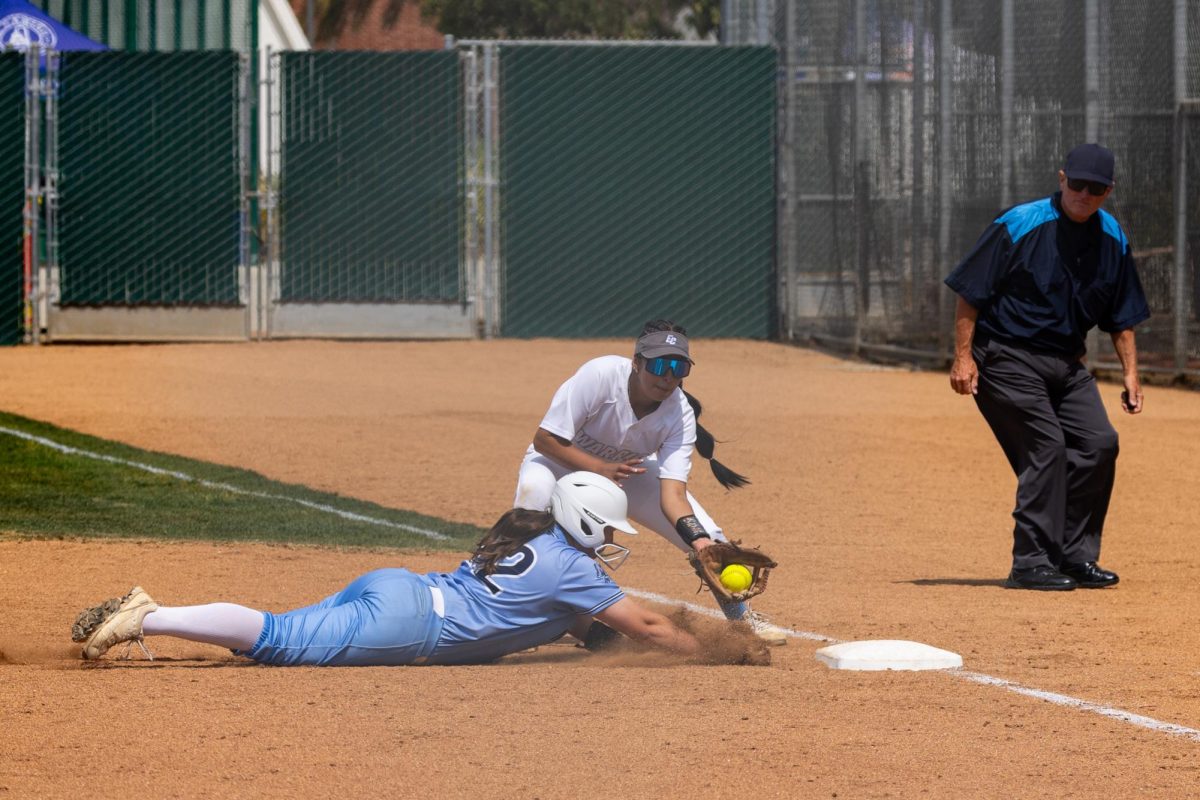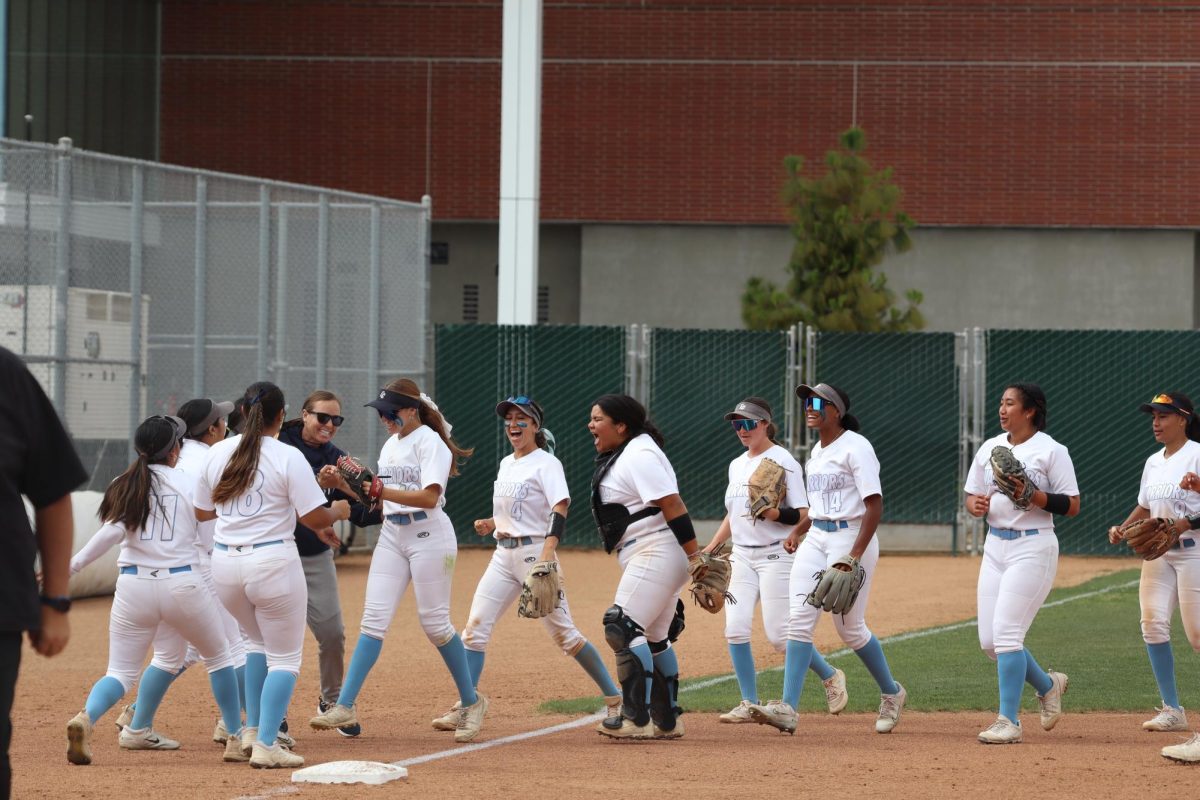Ask Warrior football coach John Featherstone what he thinks one of the most important aspects of college football is, and he will mention the sport’s customs and traditions.
Fight songs, a common and widespread tradition in college football, are laden with history; in singing a fight song, the crowd’s excitement and involvement in the game intensifies and fans become part of a large, long-established ritual.
“It is truly a bonding experience,” Featherstone said. “It really is like the glue that holds the team, its players and its fans together.”
Although Featherstone is uncertain whether EC has established its own fight song in his 23 years with the college, he is confident where EC’s current fight song originated from.
“We have used both USC and UCLA’s fight songs in the past due to their local setting, but Florida State University’s (FSU) fight song has stuck with us through the years,” Featherstone said. “Any college with an Indian mascot will likely use FSU’s fight song because of the Indian war chant and the Indian connotation; they are the Seminoles and we are the Warriors.”
The fight song was born at EC during an exciting game years ago, where several students began to perform and sing the war chant; the chant continued among the student body and has remained with EC to this day.
Featherstone said that spirited fans have since added the ‘chopping’ motion, a repetitious bending of the arm at the elbow, to symbolize a tomahawk swinging up and down.
The crowd can hear the fight song either before the football game begins, during the competition, or after an anticipated win, but Featherstone believes the tradition is important to uphold even off of the playing field.
“Every Monday, the team gets together before practicing at the field, and performs the war chant at least five times in a row,” Featherstone said.
While Featherstone believes many students, and even players, may not know where the fight song originated from, one student believes it is unnecessary and beside the point to be aware of that information.
“It does not really matter where the fight song came from because everybody already knows the sound of it, and the performance will get the crowd going anyway,” Shacola Thompson, a cheerleader and business administration major, said.
Thompson has visited other colleges during football season, and reported hearing EC’s current fight song performed during other games on multiple occasions.
“Not every college needs to have its own fight song, but if the band came up with an alternative song, I do not think that would be a problem either,” Thompson said. “It probably would not take that long to get used to it.”
Although fight songs come from different traditions, most agree that despite what the song is, they all share the common goal of bringing enthusiasm and union to the crowd.
“As the band marches toward the goal line, the crowd goes wild with excitement, as well as with the drumming and the singing,” Harold Tyler, director of student development, said.







